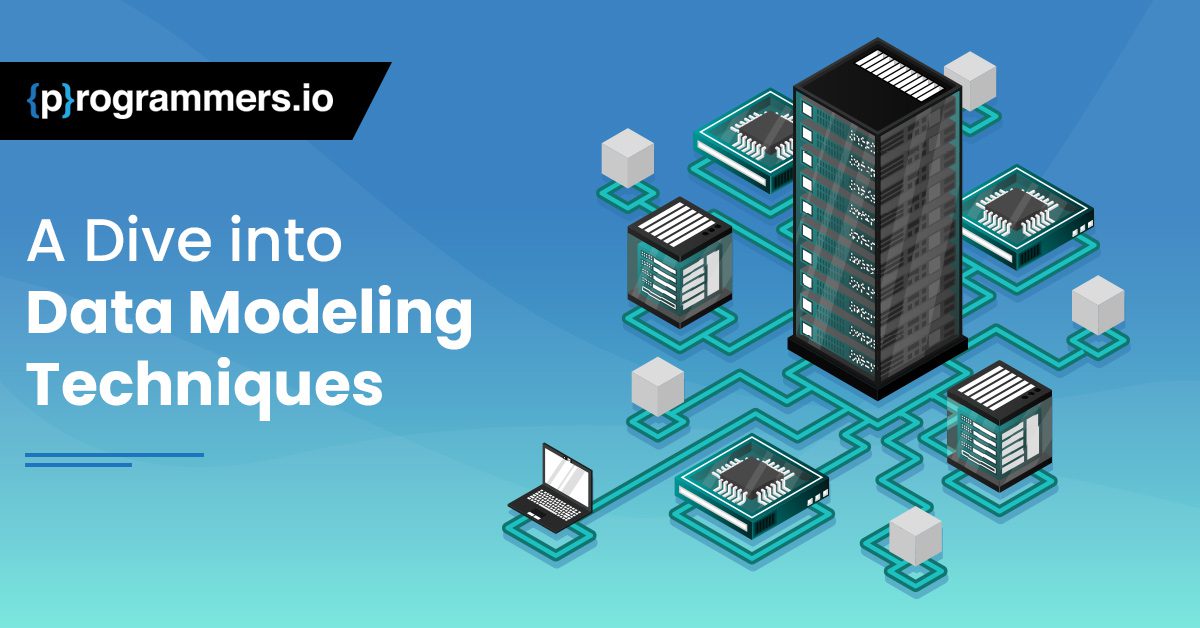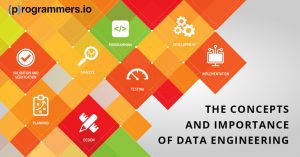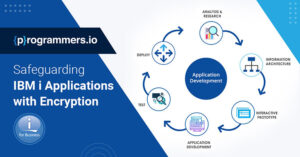Crafting Clarity from Complexity: A Dive into Data Modeling Techniques
Have you ever wondered why some businesses rise to stardom while others remain unnoticed?
The secret often lies in Data-Driven Success!
Powerful Data Modeling Techniques can shake up the market, create instant recognition, and set your business apart in this increasingly data-driven world.
This introductory manual will demonstrate how Data Modeling Techniques can make your business more streamlined, polished, and efficient.
What is Data Modeling?
The modeling of data helps in visualizing data and ensuring that business rules, regulatory compliances, and government policies are adhered to. They ensure consistent naming conventions, defaults, semantics, and security while maintaining data quality.
Types of Data Modeling
There are three classifications of data models:-
1. Conceptual Model:
It Provides users with a high-level view of data through visualizations of database concepts and their relationships. It aims to establish entities, their characteristics, and their relationships. This Data Model explains WHAT is in the system.
The 3 basic tenants of the Conceptual Data Model are
- Entity: A real-world thing
- Attributes: Characteristics or properties of an entity
- Relationship: Dependence or association between two entities.
Example:
- Customer and Product are two entities.
- Customer number and name are attributes of the Customer entity.
- Product name and price are attributes of the product entity
- Sales is the relationship between the customer and the product.
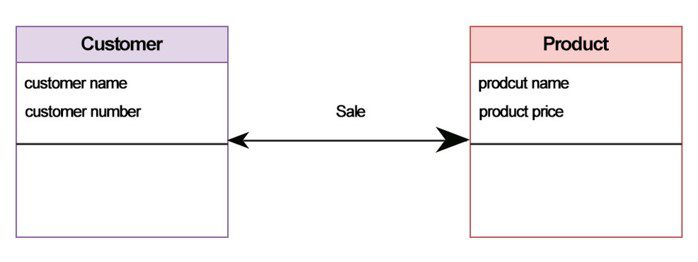
2. Logical Model:
The purpose of this type of model is to define entities, attributes, relationships, and constraints deeper within the data structure. The use of logical models is independent of implementation technology, which makes them crucial for both developers and business analysts. The specification defines HOW the system should be implemented, regardless of the DBMS. Data structures and rules will be developed in this way.
Example:
Music albums can have multiple photographs (One to Many). Similarly, we can define (One to One, Many One, and many relationships in this model). This type allows us to identify redundant information and reduce it while creating a database.
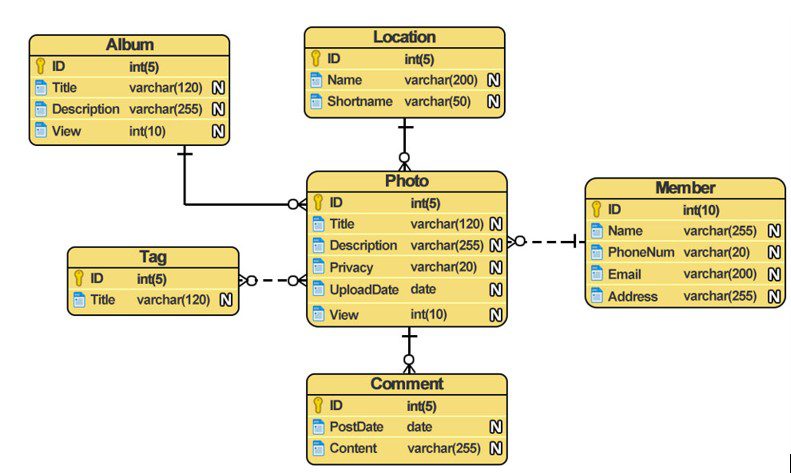
3. Physical Model:
These models are specific to the technology and database management system being used. They detail how data is stored, organized, and accessed within the chosen database technology. In this Data Model, we describe HOW a specific DBMS system will be used to implement and maintain the system. A DBA or developer usually creates this model. The purpose is the actual implementation of the database.
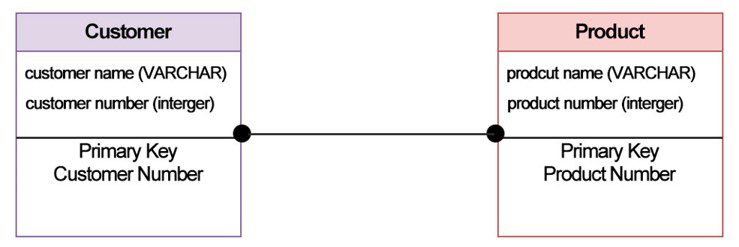
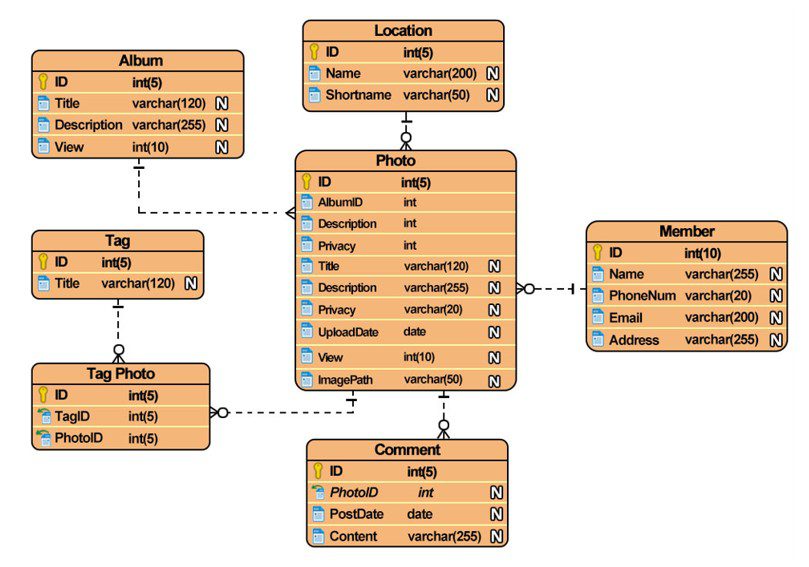
Example – Student Enrolment
Let’s consider the need to develop a system for the exam enrollment process.
- Entity – Student giving exam, Courses for which students can enroll & Enrolment list of students who have enrolled in specific courses.
- Similarly, we can define different attributes for all entities and relationships.
Conceptual data model
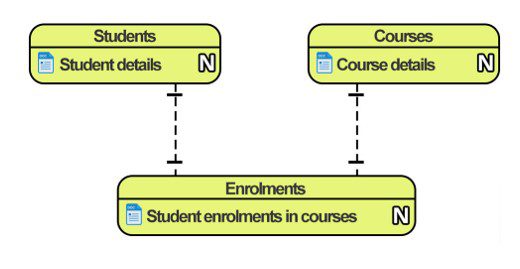
Logical data model
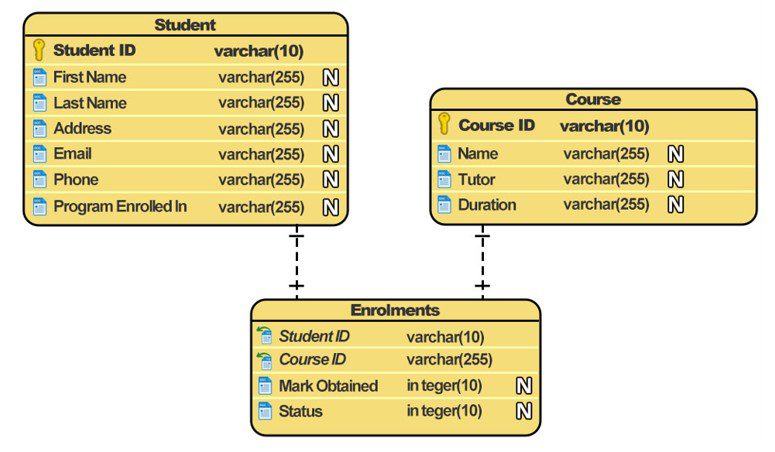
Data Modelling Techniques
Several techniques are employed in data modeling, each tailored to specific requirements and scenarios. Let’s explore some of the most prominent ones.
- Entity-Relationship (ER) Modeling: This technique represents entities (objects) and their relationships in a conceptual model. In this model, entities are represented as tables, and relationships are defined by attributes and keys. The ER diagram makes these relationships visually apparent, making it easier to understand data flows and dependencies.
- Dimensional Modeling: Widely used in data warehousing and business intelligence, dimensional modeling organizes data into dimensions (descriptive attributes) and facts (numerical measures). This approach simplifies complex data structures for analytical purposes. It was developed by Ralph Kimball
- Denormalization: Contrary to normalization, denormalization involves combining tables to improve query performance by reducing the number of joins required. This is particularly useful in scenarios where read-heavy operations are prioritized.
- Object-Oriented Data Modeling: This technique focuses on modeling data as objects, classes, and inheritance hierarchies, aligning closely with object-oriented programming concepts. It’s commonly used in software development and can help bridge the gap between application code and data storage.
Data modeling tools

ER/Studio () is database design software that’s compatible with several of today’s most popular database management systems. It supports both relational and dimensional data modeling.
IBM Data Studio is database design software that provides a graphical view of the database and can represent the database in a detailed way so that it will be easy to develop in any database.


Visual Paradigm is a database design tool with a detailed flow of data and can be integrated with GitHub, Jira, NetBeans, etc.
Benefits Of Data Modeling
- Improved understanding of data: Data modeling helps stakeholders to better understand the structure and relationships of the data, which can help to inform decisions about how to use and store the data.
- Improved data quality: Data modeling can help to identify errors and inconsistencies in the data, which can improve the overall quality of the data and prevent problems later.
- Improved collaboration: Data modeling helps to facilitate communication and collaboration among stakeholders, which can lead to more effective decision-making and better outcomes.
Limitations Of Data Modeling
- Limited flexibility: Data models can be inflexible, making it difficult to adapt to changing requirements or data structures.
- Complexity: Data models can be complex and difficult to understand, which can make it difficult for stakeholders to provide input or collaborate effectively.
- Time-consuming: Data modeling can be a time-consuming process, especially for large or complex datasets.
Conclusion
Data modeling isn’t just a technical pursuit—it’s a strategic enabler that transforms raw data into a strategic asset. From conceptual frameworks to fine-tuned physical representations, the techniques within the data modeling realm serve as the bridge between chaos and order, between information and insight. As we navigate this captivating realm, we uncover the power of data modeling to shape the present and lay the foundation for an empowered future where data is not just a resource but a guiding force for success. So, fasten your seatbelts as we embark on this journey through data modeling’s intricate landscapes and unlock the potential of structured brilliance.
How can we help you?
We have hundreds of highly-qualified, experienced experts working in 70+ technologies.
